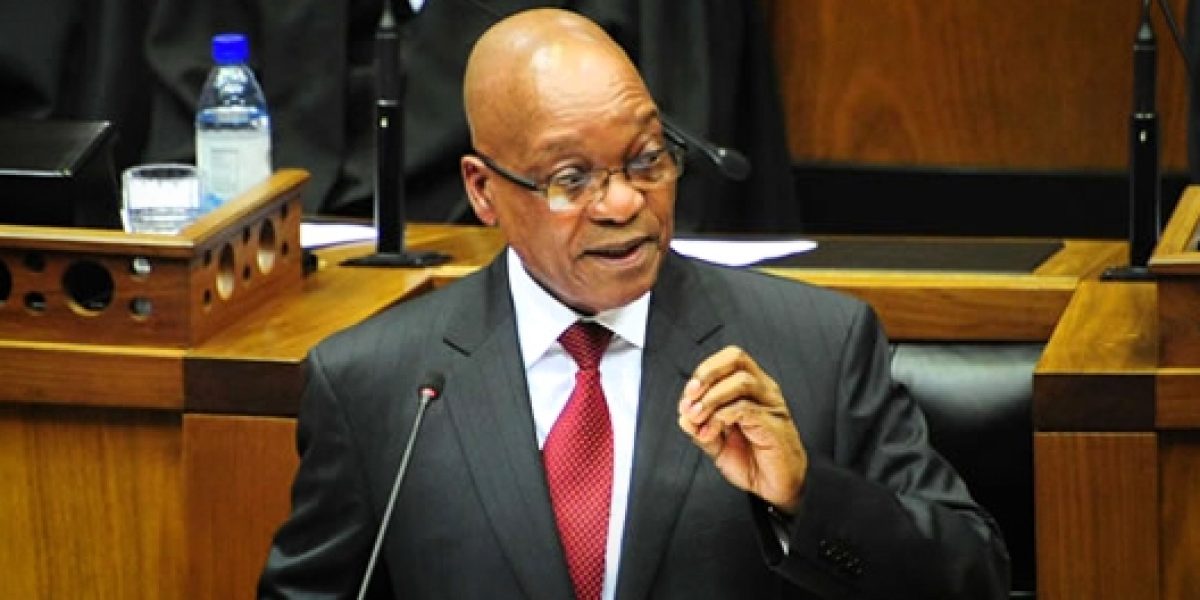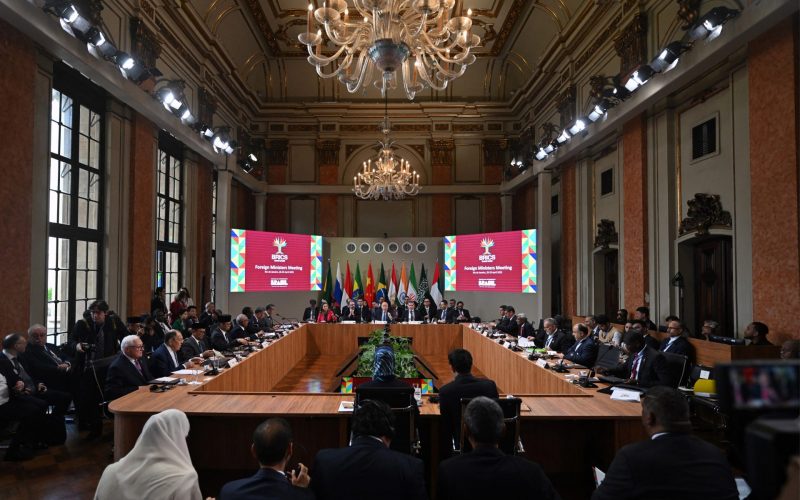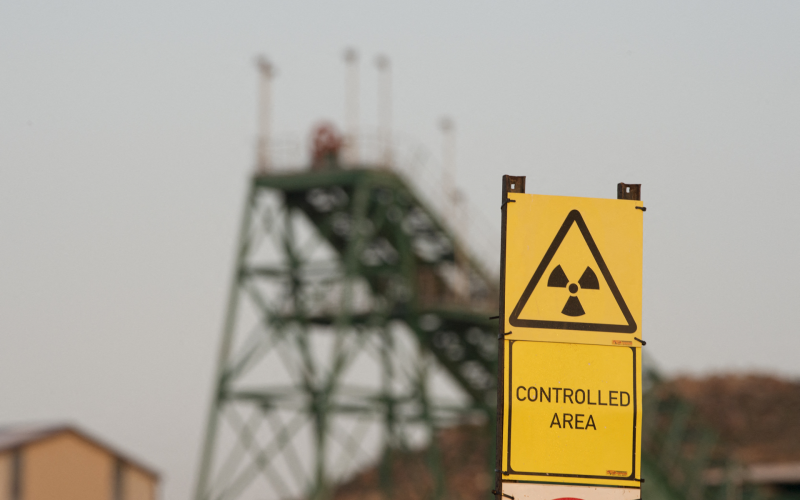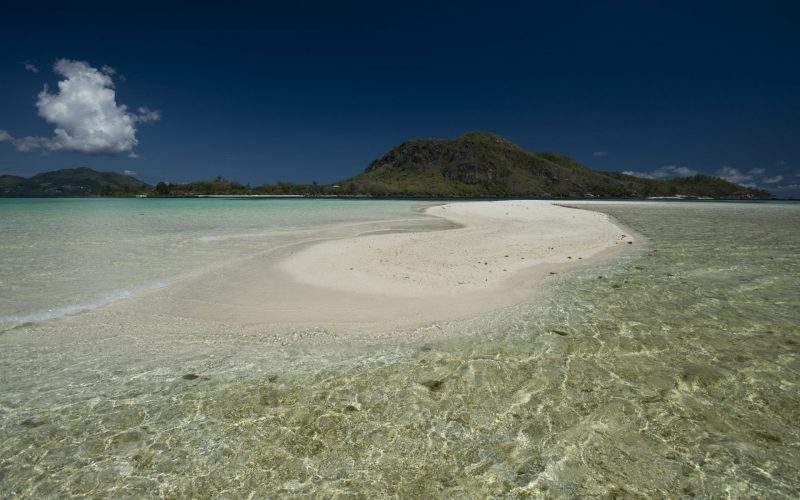Macroeconomic instability
First, the sustainability of mining in South Africa requires macroeconomic stability. While the president acknowledged that youth unemployment and rapid currency depreciation are serious problems, he tied the rand’s depreciation to the tapering of US quantitative easing. As economist Dani Rodrik has rightfully pointed out, though, emerging economies largely have themselves to blame for currency depreciation by running unsustainable twin current account and fiscal deficits. US tapering has been on the horizon for some time and we did not take sufficient advantage while easy money was available. South Africa has made little progress, for instance on attracting lasting investment in mining and other sectors that will create jobs. All the while, ratings agencies have been warning about likely credit rating downgrades.
President Zuma is of course correct that currency depreciation poses an inflation risk. This is precisely because of our unsustainably large current account deficit, opening the country to import-driven inflation over which the Reserve Bank has little control. The recent interest rate rise of 0.5 percentage point, which most market analysts believe will be not the last this year, places a difficult burden on an already debt-laden middle class.
This is compounded by the increased cost of the planned infrastructure build, without which mining and manufacturing cannot flourish. If these industries do not flourish, youth unemployment in South Africa will continue to fester.
The truth is that South African mining and manufacturing are in decline. While the president says that exporters should take advantage of a weaker currency, this view does not consider the extent to which imports constitute inputs for manufacturing. Also, miners and manufacturers face domestic industrial action and policy challenges that make productivity difficult.
Minerals and labour policy
Second, minerals policy uncertainty has long been cited as an explanation for underinvestment in mining. The president acknowledged the need to address these challenges: ‘We have now streamlined regulatory and licensing approvals for environmental impact assessments, water licenses and mining licenses. Parliament is finalising amendments to the [mining] law to give effect to this very positive development, which will cut to under 300 days the time it takes to start a mine, from application to final approvals.’
Yet, this streamlining has not happened. On the contrary, amendments to the Mineral and Petroleum Resources Development Act, to which the president refers, relegate the rights application process to ministerial discretion and regulations. A recent SAIIA paper provides an assessment of South Africa’s options on mineral rights allocation. It argues that whether the government chooses a first-in-first-assessed or competitive bidding approach, the most important thing is for the procedure to be written clearly into law. The one-stop-shop online licensing system has also yet to come into operation. Finally, aiming to reduce the regulatory time to less than 300 days (nearly a year) is lacking in ambition. Botswana aims to turn licensing applications around within 60 days.
On labour relations, the president asserted that: ‘The Deputy President of the Republic continues to facilitate discussions between government, mining companies and labour. The purpose is to stabilise industrial relations in this very important sector of our economy. The process is yielding results. Strikes in the sector were fewer and shorter last year. And more importantly, industrial relations processes are taking place in a manner consistent with the law.’
The claim of ‘fewer and shorter’ strikes gives short-shrift to a clear and present danger. A strike at Northam’s platinum mine ran for 77 days from the end of 2013 into early 2014, costing the company over R500 million in lost productivity and workers over R100 million in foregone wages. The current strike across the platinum belt is expected to last until May, which will cost the industry roughly R17 billion at current platinum prices. Ironically, the strike will drive the price of platinum up but that will not protect workers from losing wages and potentially their jobs when inevitable restructuring occurs.
The central problem is that the Labour Relations Act itself is fundamentally problematic. The current strike action is a direct result of legislation that places too high a prize on being the officially recognised union on any given mine. The president acknowledges the importance of the mining sector to the economy (and to the tax base), but he seems unwilling to acknowledge the deficiencies in the key institutional arrangements governing the sector.
This is hardly a recipe for attaining a 5% growth rate, which South Africa desperately requires to break the shackles of poverty and unemployment.
Energy and water constraints
Third, the president said too little about South Africa’s energy and water constraints. Neither mining nor manufacturing can grow significantly unless these constraints are alleviated. He said that shale gas regulations were nearly finalised and that procurement of a nuclear fleet is going ahead. He also mentioned that two new dams were being built.
Climate change will render South Africa drier, which means that more innovative solutions than dam-building are needed. Dams tend to produce severe downstream opportunity costs that are often inadequately considered in environmental impact assessments. It may be more appropriate to instead invest public resources on technological innovation that improves the efficiency of agricultural and industrial water use. Anton Eberhard, an influential member of the National Planning Commission, has argued that the planned R1-trillion nuclear build plan is hardly warranted by the trajectory of recently declining electricity demand in South Africa.
Overall then, this state of the nation address seems more remarkable for what it overlooked.








